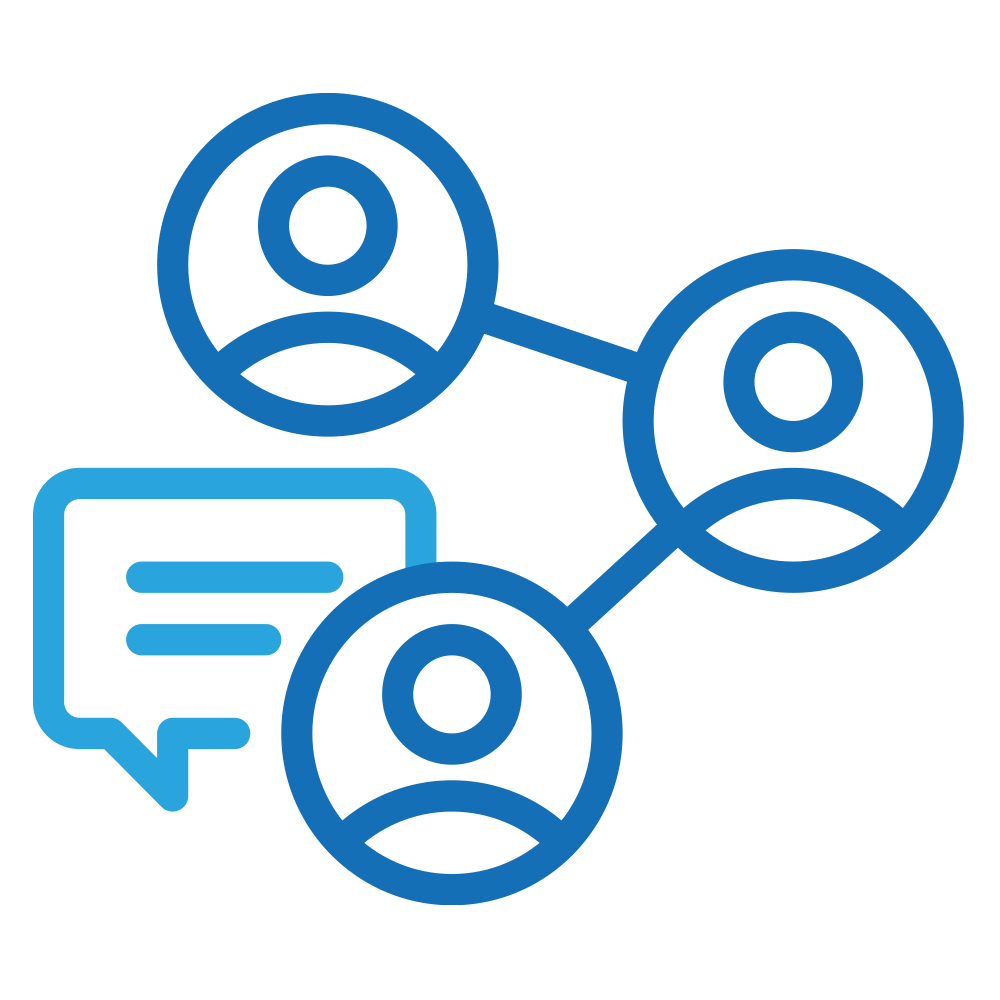By: Megan Dapp
As we near six months of a global pandemic, one thing we learned is the importance of human connection. We are built to be social, to interact with one another and in this new world of social distancing, it is a challenge to stay connected and build new relationships.
One thing that I have been thankful for during this time is technology. In the height of the shut down, I could still video call with my colleagues, clients, friends, and family. I was able to see their faces even though we were not together. We could laugh, play games and banter even though we were not in the same room. I cannot imagine what it would have been like if I could not connect with people. My ability to maintain those relationships is a result of the level of technology we have today.
That presence of technology has also increased with advocacy efforts during this time. When state capitols and Washington, D.C. transferred the people’s business online, constituents still needed a way to connect with lawmakers and lend their voice to the process, and advocacy organizations needed a platform to educate stakeholders and decision makers on their issues.
I attended the Public Affairs Council Digital Media & Advocacy Summit a few weeks ago and saw firsthand how quickly organizations were able to pivot their advocacy efforts to digital. Through online event platforms they hosted seminars, conferences and townhall meetings with their volunteers, advocates, and staff.
We heard directly from Congressional staffers who were taking meetings with constituents from their districts through video conference platforms. Organizations were still hosting fly-ins but moved to a virtual space. In many instances, the ability to utilize this technology allowed constituents to bring their voice to D.C. for the first time because time, money or geography may not have allowed the trip.

I also heard how organizations are leveraging social media tools in ways they did not use before. Education about various issues is being provided through podcasts and Tik Tok videos. Playlists are being created and made available via Spotify to engage donors for virtual fundraising events.
Facebook Live, LinkedIn Live, Snapchat and Instagram Stories have become even more popular ways for people to share their stories and connect through virtual special events, online fundraisers, and digital tours and site visits. By creating story-banking campaigns and adding more digital content, they were also able to make stronger connections with their advocates and elected officials.
At Triad, we have adjusted our efforts as well. We have hosted video calls with members of the legislature and our clients to hear the latest about what was happening in Harrisburg. It was extremely important for our clients to hear about priority legislative issues and budget updates because they were unable to be in the Capitol.
We created and shared webcasts on communications and advocacy for conference attendees and leveraged virtual meeting/seminar tools and teletownhalls for our clients to connect with their employees, customers, members or stakeholders to get updates, ask questions or share their perspectives. We are currently implementing a public education campaign about how to stay safe when transitioning back to school that mixes digital content with traditional awareness tactics.
As advocacy professionals, we have known for a while that you need to reach people where they are, but now we have audiences that are in front of their screens more than they have been before. It is imperative that we continue to leverage technology in creative ways to help connect with one another and advocate for issues we are passionate about. Because another thing we have learned aside from the need to connect, is that our voices matter more than ever.
